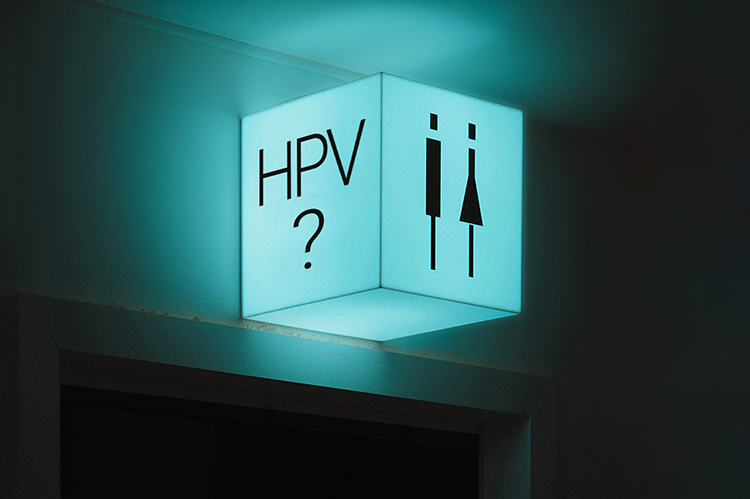Papillomaviruses are small DNA viruses that belong to Papovaviridae family. The human pathogen papillomavirus type is called as human papilloma virus (HPV). The sexually transmitted HPV causes skin and mucosal disorders and genital infections. HPV infections are usually asymptomatic or causes mild clinical symptoms and do not require treatment. However, in some cases, both in women and men, HPV infections may cause genital papillomas, and rarely anogenital or head neck cancers. HPV has more than 150 genotypes. 16, 18, 31, 33, 35, 39, 45, 51, 52, 56, 58, 59, 66 and 68 genotypes are classified as high risk HPV genotypes. Cervix cancer can develop in case of persistent infections with these high risk HPVs. It is defined that HPV causes 500.000 cervix cancer cases per year, and it is one of the first reasons of deaths from cancer for women in developing countries. HPV 16 and HPV 18 are shown as the reason (cause) of 70 % of cervix cancers all over the world. 15 % of cervix cancer cases are related with the HPV 31, 33, 35, 45, 52 and 58 types, and 15 % of the cases are with more rare types. HPV is a non-covered virus that includes a circular double stranded DNA molecule, and it multiplies in the infected cell’s nucleus. HPV viral genome is 7.3-8.0 kb long and includes 8-10 open reading frames (ORFs) that encode early (E) and later (L) viral proteins (1, 2).
HPV genotypes 6, 11, 40, 42, 43, 44, 53, 54, 61, 70, 72, 73 and 81 are classified as low risk HPV genotypes and the likelihood of developing cancer is very low. HPV 6 and 11 are the most common types of HPV and account for 90% of genital warts.


